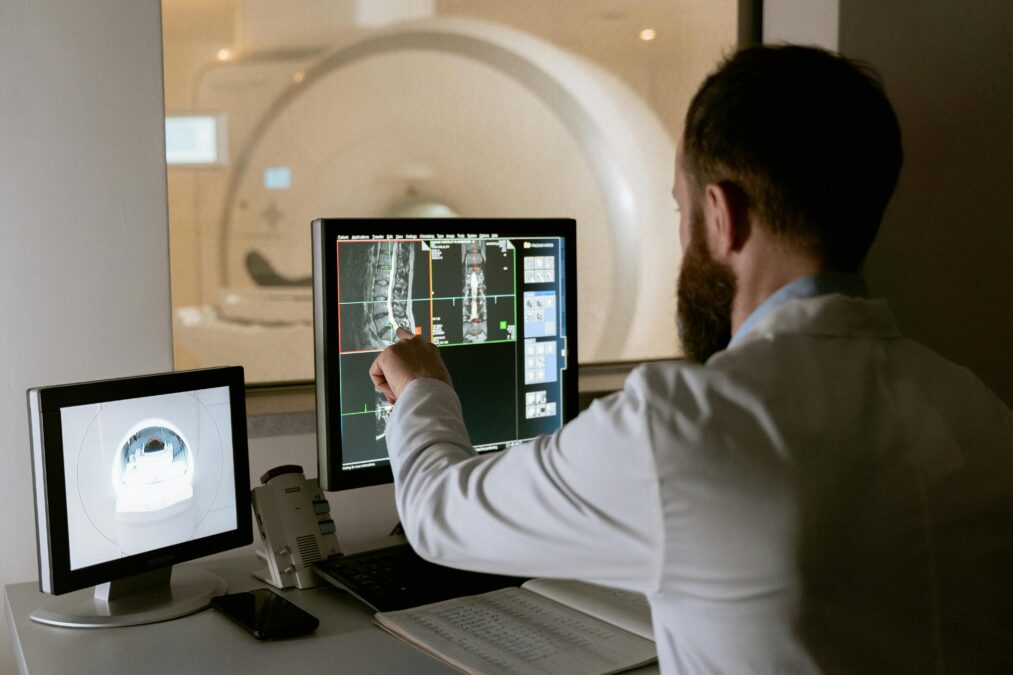In today’s ever-evolving enlightening landscape, sympathetic how students learn—and familiarizing instruction consequently—has become indispensable. With cumulative prominence on student-centered learning, personalization, and data-informed teaching, influential assessment has been seen as a vital tool. It not only helps educators monitor student development but also enables timely alterations in training to meet students where they are.
Unlike cumulative assessments, which evaluate erudition at the end of an element or term, Formative Assessment is ongoing. It concentrates on the learning progression itself, as long as real-time feedback that provided to both teachers and learners. Whether it’s through competitions, classroom conferences, exit receipts, or thought, formative assessment helps foster deeper sympathy, boost student engagement, and close scholarship gaps.
This article will explore the explanation, importance, types, benefits, and application strategies of formative assessment. We’ll also address regularly asked questions and highlight how determinative assessment authorizes both students and trainers in the 21st-century classroom.
What Is Determinative Assessment?
Formative assessment is a range of evaluative processes that mentors use during the culture process to gain understanding of student knowledge, recognize misconceptions, and guide future coaching. Unlike high-stakes testing, formative assessment is typically low-stakes and informal, calculated to inform teaching rather than to evaluate students.

Key Physiognomies:
Continuing and regular
Embedded in daily tutoring
Absorbed on feedback and improvement
Student-centered and approachable
By continuously gathering indications of student learning, teachers can adjust marching, re-teach concepts, or offer enrichment to students who are prepared to move and gain.
The Determination and Power of Formative Taxation
At its core, formative assessment is not just about gathering data—it’s about creating a negotiation around learning. It heartens:
Self-reflection and self-regulation in students
Appropriate instructional adjustments by instructors
Collaborative learning through peer feedback
Equity by categorizing and addressing wisdom gaps early
Formative taxation transforms the classroom from a presentation space into a growth-oriented atmosphere where mistakes are learning occasions and criticism is a roadmap for success.
Types of Formative Taxation
Formative assessment can take numerous forms. Here are some generally used and highly effective tactics:
Departure Tickets
At the end of a lesson, apprentices answer a transitional question succinctly about what they’ve learned. This gives teachers a Polaroid of students’ sympathy.
Think-Pair-Share
Students think about an enquiry individually, deliberate with an aristocrat, and then share with the class. This encourages cooperative learning and divulges levels of sympathy.
Quizzes and Elections
Quick, ungraded quizzes or alphanumeric polls can check understanding and inform pacing.
Explanations
Teachers informally observe body language, contribution, and group work to gather understanding.
Journals and Likenesses
Written likenesses help students process what they’ve learned and help teachers evaluate the depth of sympathetic.
Peer Appraisals
Students measure each other’s work using rubrics or supervisory questions, which builds critical thinking and accountability.
Graphic Managers
Perception maps or flow charts visually characterize understanding and help categorize gaps in knowledge.
Assistance of Formative Assessment
Formative assessment is more than just a coaching technique—it’s a viewpoint of unremitting learning and enhancement. Key benefits include:
Aimed at Students:
- Immediate comment to guide learning
- Increased appointment and ownership
- Reduced apprehension compared to formal tests
- Development of metacognitive assistance
Aimed at Teachers:
Insight into student sympathy
Healthier instructional decision-making
Improved differentiation and personalization
Greater efficiency in achieving learning goals
Executing Formative Assessment Successfully
While the idea of formative assessment is simple, enactment requires intentionality. Here’s how teachers can confirm it works:
Describe Clear Learning Goals
Students should know what realization looks like. Begin each experience with a clear, unbiased.
Embed Taxation in Daily Activities
Make assessment part of the lesson, not an add-on. Use interrogative, group work, and criticism loops naturally during instruction.
Craft a Safe Environment
Students need to feel comfortable making mistakes. Build a classroom culture that values growth over perfection.
Provide Positive Feedback
Feedback should be timely, detailed, and focused on how to progress, not just what’s wrong.
Involve Students in the Progression
Reassure goal setting, self-assessment, and peer assessment. This builds possession and critical thinking.Use
Expertise Thoughtfully
Tackles like Google Forms, Kahoot, or Padlet can streamline data gathering and analysis.
Formative Assessment vs. Summative Assessment
| Feature | Formative Assessment | Summative Assessment |
| Purpose | Ongoing | End of unit/term |
| Timing | Immediate and actionable | Often delayed |
| Feedback | Low-stakes | High-stakes |
| Stakes | Typically not graded | Contributes to final grade |
| Role in grading | Exit slips, peer review, quizzes | Final exams, standardized tests |
| Examples | Ongoing | End of unit/term |
Sympathetic to the transformation, helps educators use both types effectively; safeguarding students is supported through their knowledge expedition.
Frequently Asked Questions (FAQs)
Is formative assessment grouped?
No, formative assessments are usually ungraded. Their chief purpose is to provide instruction and guide student upgrading rather than assess performance.
How frequently should teachers use formative assessment?
Formative assessment should be entrenched in daily teaching. It can be as regular as every class session through interrogative, discussions, or transitory tasks.
Can formative assessment be used in great classrooms?
Unconditionally. Plans like digital polling, peer feedback, and small group deliberations make formative taxation manageable in large locations.
What are some alphanumeric tools for formative assessment?
Prevalent tools include:
Kahoot
Mentimeter
Google Forms
Padlet
Quizizz
Edpuzzle
These tools make it easy to wrinkle data and adjust education in real-time.
What character does student response play in formative assessment?
Student comments are crucial. It helps teachers comprehend student needs, inspires learner likeness, and builds a stronger teacher-student joining.
How is formative assessment linked to student inspiration?
Because formative valuations focus on growth and development rather than final consequences, students are often more interested to learn and less afraid of disappointment.
Conclusion:
Formative assessment is not just a catchword—it’s a pedagogical capital that alters the classroom into a lively space of autopsy, feedback, and growth. It changes the focus from teaching to learning and from presentation to progress. By integrating formative taxation strategies into daily rehearsal, teachers can meet students where they are, monogram teaching, and build a learning environment where everyone can thrive. The feedback loop between scholars and teachers becomes the engine that drives unceasing development. In a world where educational needs are more multifaceted than ever, formative evaluation provides clarity, direction, and enablement. When done well, it not only progresses academic conclusions but also nurtures confident, philosophical, and engaged apprentices.
Also Read More : Edutopia Transforming Education Through Innovation and Research-Based Practices



